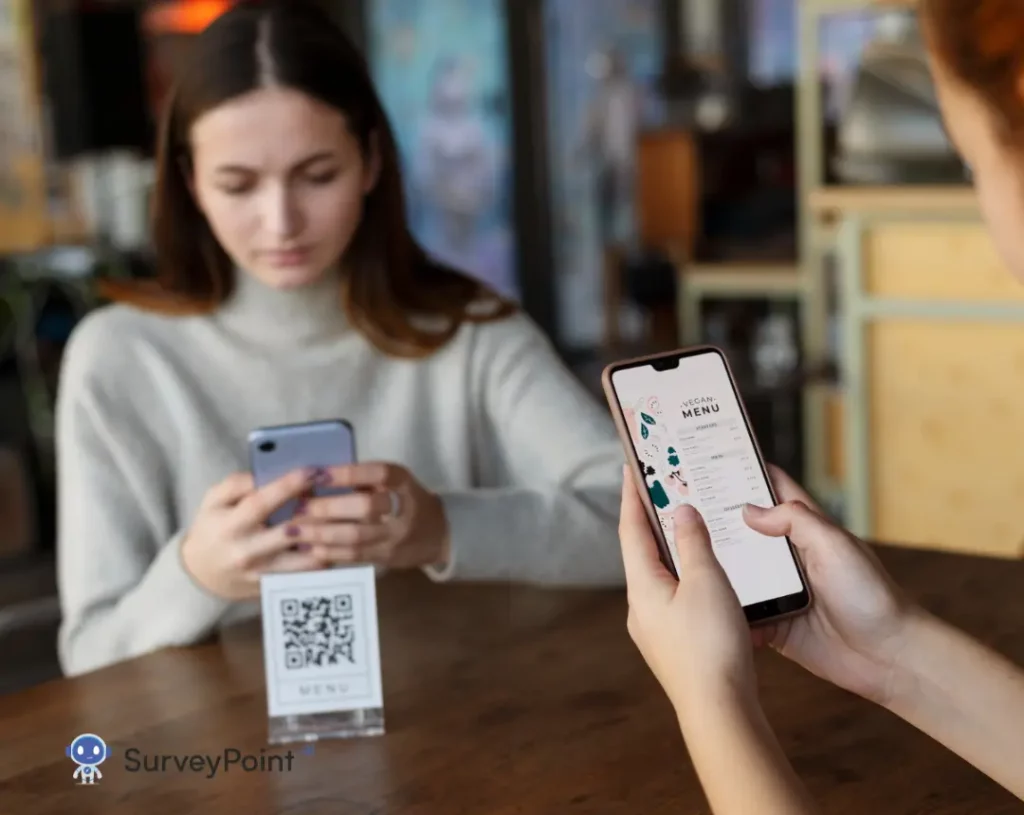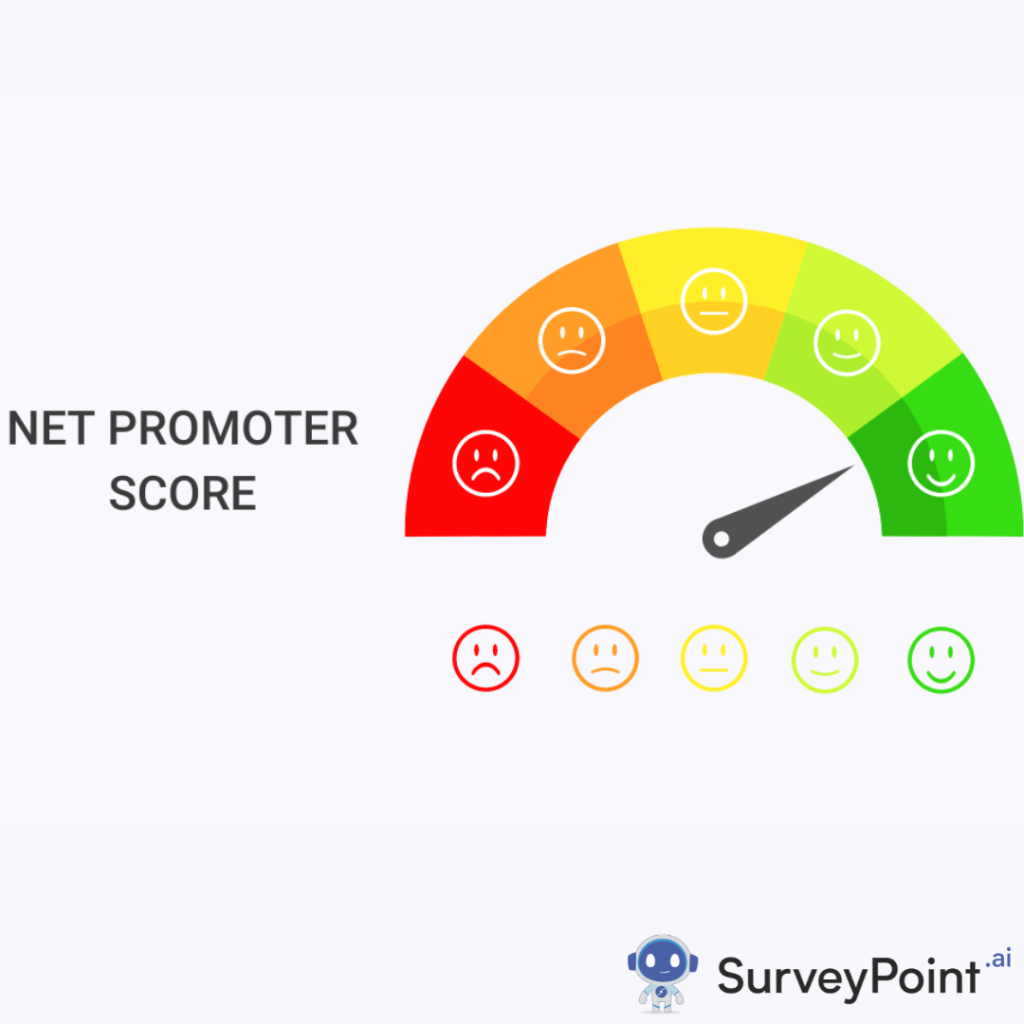
In today’s digital age, QR codes have become ubiquitous, seamlessly integrating into our daily lives. From marketing campaigns to contactless payments, these pixelated squares have transformed the way businesses interact with customers. In this comprehensive guide, we will delve into the intricacies of QR codes, exploring their functionality, benefits, and the pivotal role they play in enhancing customer experience.
What is a QR Code and How Does it Work?
QR code, short for Quick Response code, is a two-dimensional barcode that stores information horizontally and vertically. Initially developed in 1994 by Denso Wave, a subsidiary of Toyota, QR codes were designed to track automotive parts during manufacturing. However, their utility expanded beyond industrial applications, finding resonance in marketing, retail, healthcare, and various other sectors.
The architecture of a QR code consists of black squares arranged on a white background, encoding data such as text, URLs, contact information, or other digital content. QR codes can be scanned using a smartphone or a dedicated QR code reader, which deciphers the encoded information and directs users to the intended destination. This seamless process eliminates the need for manual data entry and enhances user engagement.
Benefits of QR Codes:
- Enhanced Convenience: QR codes offer a convenient and efficient means of accessing digital content without the hassle of typing lengthy URLs or contact information. With a simple scan, users can instantly connect with businesses, access product details, or make secure payments.
- Versatility: QR codes are incredibly versatile, accommodating various types of data formats, including URLs, text, vCards, Wi-Fi credentials, and more. This flexibility enables businesses to leverage QR codes across diverse applications, from marketing collateral to product packaging.
- Cost-Effectiveness: Implementing QR code technology is relatively inexpensive compared to traditional marketing channels. Businesses can generate QR codes for free using online tools and integrate them seamlessly into their promotional materials, reducing printing costs and enhancing ROI.
- Trackability: QR codes enable businesses to track engagement metrics and gain valuable insights into customer behavior. By analyzing scan data, businesses can refine their marketing strategies, optimize campaign performance, and deliver targeted content tailored to user preferences.
QR Codes for Customer Service in Retail:
In the retail sector, QR codes have emerged as a game-changer, revolutionizing customer service and augmenting the shopping experience. Here’s how QR codes are reshaping retail interactions:
- Product Information: QR codes empower consumers to access comprehensive product information, including specifications, reviews, and instructional videos, simply by scanning the code with their smartphone. This transparency fosters informed purchasing decisions and enhances customer satisfaction.
- Contactless Payments: With the rise of mobile payment platforms and digital wallets, QR codes have become synonymous with contactless transactions. Retailers can integrate QR codes into their payment terminals, allowing customers to make secure payments using their mobile devices, thereby minimizing physical contact and streamlining the checkout process.
- Interactive Experiences: QR codes enable retailers to create interactive experiences that bridge the gap between offline and online channels. By strategically placing QR codes in-store, retailers can engage customers with immersive content, exclusive offers, and personalized recommendations, driving foot traffic and fostering brand loyalty.
- Order Fulfillment: QR codes facilitate efficient order fulfillment and logistics management in the retail supply chain. Retailers can affix QR codes to product packaging or shipping labels, enabling seamless tracking and tracing of shipments from warehouse to doorstep. This real-time visibility enhances operational efficiency and optimizes inventory management.
Growth of QR Codes:
The adoption of QR codes has witnessed exponential growth in recent years, fueled by technological advancements, changing consumer preferences, and the evolving business landscape.
Key factors driving the proliferation of QR codes include:
- Smartphone Penetration: The widespread proliferation of smartphones equipped with high-resolution cameras and QR code scanning capabilities has accelerated the adoption of QR code technology. With billions of smartphone users worldwide, QR codes have become increasingly accessible to consumers across demographics.
- Contactless Solutions: The global COVID-19 pandemic has accelerated the adoption of contactless solutions across industries, including retail, hospitality, and healthcare. QR codes emerged as a viable solution for enabling touchless interactions, facilitating safe and hygienic transactions amidst social distancing protocols.
- Marketing Innovation: Marketers are harnessing the power of QR codes to deliver immersive and interactive experiences that captivate audiences and drive engagement. From augmented reality campaigns to scavenger hunts, QR codes serve as a gateway to creative storytelling and brand experiences that resonate with consumers.
- E-commerce Integration: As e-commerce continues to dominate the retail landscape, QR codes are seamlessly integrated into digital platforms to facilitate frictionless shopping experiences. Whether it’s scanning QR codes to access product pages, redeem discounts, or track shipments, consumers expect seamless connectivity across online and offline channels.
The Future of QR Codes and Their Role in Enhancing Customer Experience:
As we look ahead, the future of QR codes appears promising, with continued innovation and integration across various industries. Here are some key trends shaping the future of QR codes and their role in enhancing customer experience:
- Augmented Reality Integration: QR codes will increasingly intersect with augmented reality (AR) technology, unlocking immersive and interactive experiences that blur the lines between the physical and digital worlds. By scanning QR codes, users can unlock AR content, such as virtual try-on experiences, interactive product demonstrations, and location-based storytelling.
- Personalized Engagement: QR codes will evolve to deliver hyper-personalized content and recommendations tailored to individual preferences and behaviors. Leveraging data analytics and machine learning algorithms, businesses can generate dynamic QR codes that adapt in real-time based on user interactions, delivering relevant offers and incentives that resonate with each customer.
- IoT Connectivity: QR codes will serve as a gateway to the Internet of Things (IoT), enabling seamless connectivity between physical products and digital ecosystems. By embedding QR codes into IoT-enabled devices, manufacturers can provide users with instant access to product manuals, firmware updates, and troubleshooting guides, enhancing user experience and product support.
- Blockchain Integration: QR codes will play a pivotal role in blockchain-based applications, facilitating transparent and secure transactions across supply chains, authentication processes, and digital asset management. By embedding QR codes with blockchain identifiers, businesses can verify product authenticity, track provenance, and combat counterfeiting, thereby instilling trust and confidence among consumers.
Conclusion
In conclusion, QR codes have transcended their origins as industrial tracking tools to become indispensable assets in modern business operations. From marketing and retail to healthcare and logistics, QR codes are driving innovation, efficiency, and customer engagement across diverse industries. As we embrace the future of QR codes, businesses must seize the opportunity to leverage this powerful technology to enhance customer experience, drive digital transformation, and unlock new avenues for growth.
Through continuous innovation, strategic integration, and a customer-centric approach, QR codes will continue to evolve, shaping the way we interact with brands, products, and services in the digital age. As businesses embark on this transformative journey, QR codes stand poised to revolutionize customer experience and redefine the future of commerce in a hyper-connected world.




